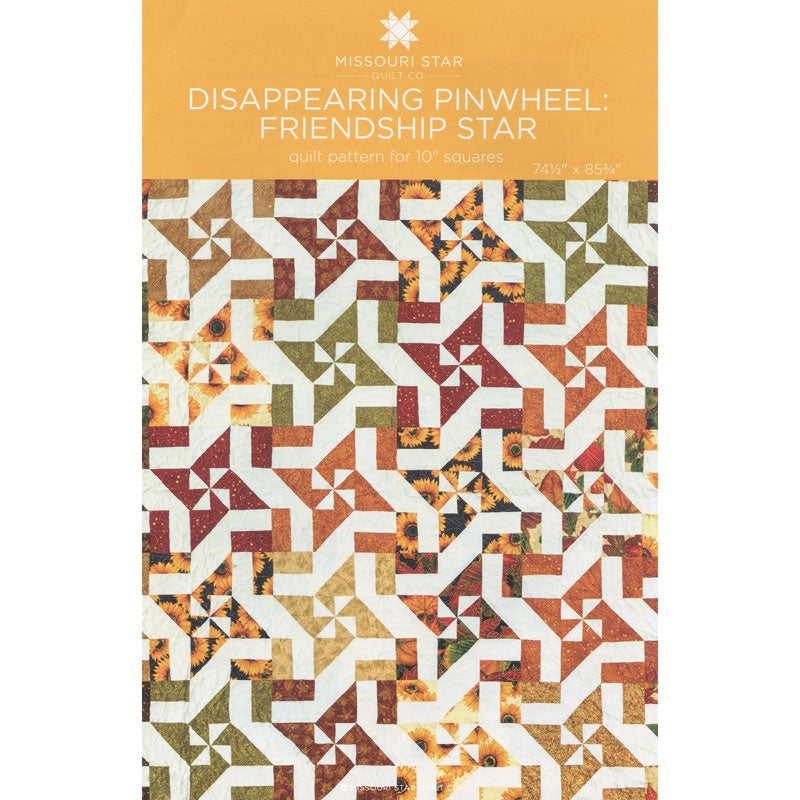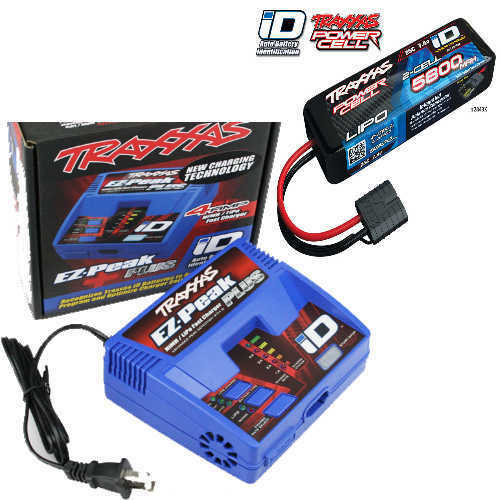
The colorful and snowy turkey crafts are great for pre-schoolers. This activity requires the collection of leaves and the drawing of a tree trunk. With the help of a paintbrush and some paint, your child can begin to paint the leaves. Your child can then paint one leaf and place it on a piece paper to make a print. You can continue this process until you have a beautiful tree.
Paper plate turkey craft
Only a few ingredients are required to create a fun paper plate Thanksgiving craft for preschoolers. One paper plate may be used to make the body and one for its head. The larger paper plate should be used for the body. With a hole punch, attach the tail wings to the backside of the plate. You can add googly ears to the smaller paperplate if you like.
An easy paper plate turkey craft idea for preschoolers is the googly-eye craft. It is a fun way to get kids out of front of a television and improve their fine motor skills. You can get paper plates and googlyeyes at your local library. Amazon affiliates links allow you to purchase googlyeyes on your turkey.

Paper plate mayflower craft
Making a paper plate mayflower is a simple and enjoyable craft for preschoolers. This craft is ideal for children who don't have a computer and can be modified to be faster, depending on their age. Another paper plate craft you can make is the clothespin turkey. It's simple to make, and can help improve fine motor skills. Your guests will be delighted by the result.
To make a maiflower, you will need a white craftstick and a piece if paper. Attach a craft sty to the plate with washi, or selotape. Next, paint a lighter color on the paper plate, such as Khaki. To make it look more realistic, add a few perpendicular lines, so it looks like the ship's wood beams are stacked on top of one another.
With pipe cleaners, paper plate turkey
A great base for making turkeys is paper plates. To make the head, and tail, students can use pipe cutters. The children can also use the plates as masks. This craft is an excellent hands-on way to learn about Thanksgiving. And, it's fun for the whole family!
Preschoolers can create their turkey once the paper plates have been decorated. They can make the heads, feet, and feathers with pipe cleaners. Once they have all of the pieces, it is time to glue them on the plate. They can also use crayons to make faces on the turkey.

With beads, paper turkey on a plate
Paper plate turkey crafts are simple to make, and can be easily adapted for different ages and skill levels. You can use googly eyes or goofy tail feathers and a variety of traditional fall colors. A glue sponge is also an option to avoid glue blobs. Your preschooler can then display the turkey on the table by glueing the pieces together.
First, use a 4 inch circle cut from a sheet of paper. To create the turkey's main body, you can also use cardboard or construction papers. The cardboard can be painted in a brown hue. Once the construction paper is dry, cut strips of construction paper around the plate, and seal the ends with more glue. Make sure the strips are arranged in a V pattern so that they resemble a ribbon. After the strips are dry, you can add googly eyes or a beak made from construction paper. If you like, add a beak and feet.
FAQ
What are the competitive hobbies?
Swimming, running, cycling, golfing and tennis are some of the competitive sports.
They're often enjoyed by people who are active and want to socialize.
If your hobby is physical activity, chances are that others share it.
This could mean joining a club, or group that meets regularly to do sports together.
You can also participate in team games where you play alongside others.
These include netball (soccer), football (cricket), netball (basketball), hockey, baseball, volleyball and badminton.
There are many types of competition.
Some competitions are organized for purely recreational purposes.
Others are designed to test the skill of competitors.
Some are even designed to reward outstanding performance.
These cases result in prizes for the winners.
Other competitions are meant to test competitors' strength and stamina.
These are known endurance events.
For example, marathon races, triathlons, Ironman Triathlon, etc.
Before participating in these events, athletes often train hard.
They will be required to follow a rigorous training program in order to prepare mentally and physically.
They may need to spend some time out of their home for preparation.
It's important to remember that not all athletes compete in every type of event.
Where can I find free resources to learn more about hobbies?
There are many websites that help people find new hobbies.
Here are some of the favorites:
www.trythisathome.com - This site provides a list of over 100 different hobbies. It also provides information on how to get started in each one.
www.hobbyfinders.org -- This site provides a searchable database of thousands upon thousands of hobbies that you can browse by skill level, location and interest.
www.indiebazaar.co.uk - IndieBazaar is an online marketplace designed specifically for independent artists and musicians. The site sells hundreds of items, including artwork and music gear.
www.pinterest.com/explore/hobbies - Pinterest is a social media network that lets users "pin" images they find interesting onto their boards. Users can create boards to group things that they like into certain categories.
www.reddit.com/r/Hobbies Reddit allows users to share links to articles, videos and other content on their social media platforms. Users can vote on which posts they think are most valuable.
Why do we need hobbies
Hobbies can be a part of your life because they provide you with time to unwind, recharge, think creatively as well as the chance to exercise, socialize, and relax. Hobbies offer opportunities to develop new skills as well as life-long interests.
Hobbies give us meaning and purpose in life.
These can often be a great way to get some extra time while you have nothing else.
They are fun!
You probably don’t have enough time to pursue hobbies.
You have many choices. Maybe you should consider starting a hobby.
What are your educational hobbies and interests?
An educational hobby can be defined as an activity in which you learn something through doing it. It could be anything from playing sports to learning how to play an instrument.
You should have fun with it. You don't have to do it all the time, but if you find yourself getting bored, then you need to think about what else you could be doing instead.
Also, you need to be careful not to spend too much on these activities. They can end up costing more than you think.
What are some good hobbies for seniors to do?
Senior citizens should be able to enjoy activities that they are passionate about. Active seniors should take up sports and other physical activities.
They might be interested in joining clubs that offer similar interests. As they age, this will help them feel less alone.
Seniors must also be on the cutting edge of new trends. They could be interested in fashion, art, music and literature.
Statistics
- This 100% accurate personality-analyzing hobby quiz discovers your passion based on your characteristics. (quizexpo.com)
- 37% Video Games 36% Travel 36% Health and Fitness (quizexpo.com)
- Much of this decline reflects the fact that teens are less likely to work today than in the past; among employed teens, the amount of time spent working is not much different now than it was around 2005. (pewresearch.org)
- Studies show that just six minutes of reading can reduce stress levels by 60 percent. (oberlo.com)
- The intensity of the dialogue partners' bond at the end of the forty-five-minute vulnerability interaction was rated as closer than the closest relationship in the lives of 30 percent of similar students. (time.com)
External Links
How To
How to start gardening
Gardening is one among the oldest forms. It requires patience, persistence and determination. It is important to choose the right location for your garden. You could choose to plant food on a large parcel of land, or in your own backyard. Next, select the kind of plants that are most appealing to you. Are you more fond of flowers or vegetables? Some people are passionate about growing herbs, while others like raising livestock like rabbits. You should consider how much space you have available before deciding what types of crops you plan to plant. You might consider growing berries or fruits if you live in a cold climate.
Once you have chosen what you will be planting, you must take some time to prepare your soil. It is vital that your soil is prepared properly to determine whether or not your plants will thrive. Good quality soil contains organic matter that helps feed your plants' roots. Organic matter is made up of leaves, twigs grass clippings, manure and compost. After you have prepared your soil you must add nutrients. Depending on the type of plants you plan to grow, you may need different amounts of nitrogen, phosphorus, potassium, calcium, magnesium, boron, zinc, copper, manganese, iron, molybdenum, chlorine, sulfur, sodium, and so on. A fertilizer calculator online can help you determine these values. Many fertilizers are on offer, so make sure that you know which one you are buying.
After you have prepared your soil, and added the correct nutrients, you will need to wait until your seed germinates. The process takes between 2 weeks and 3 months depending upon the climate in your area. After your seeds sprout, it is important to water them frequently. Overwatering your plants can lead to problems. Avoid overwatering your plants. Overwatering can lead to root rot and fungal diseases. Keep in mind that plants are more thirsty during summer than winter. Also, remember that certain plants need to dry out after watered. For example, tomatoes need to stay slightly moist but not wet. They don't like to sit in soggy soil. After the plants have finished flowering they must go dormant. Plants go dormant when they stop producing new growth and instead store energy for next year's harvest. Dormancy means that the plant stops communicating with its roots about producing food. During this period, plants continue to store energy. If temperatures fall below freezing or the plants are not getting enough sunlight, they will die.
If you live in an urban environment, you may find yourself limited in the kinds of plants that you can grow. Concrete sidewalks, roads, buildings and parking lots are all common in urban areas. These blocks block sunlight from reaching ground level. Concrete absorbs sunlight, which prevents the soil beneath from getting enough sun exposure. Many plants can't survive in urban environments due to lack of sunlight. There are many plants that can survive in urban environments. Many perennials, trees, and shrubs are able to adapt to urban living. Many annuals can be grown indoors, too, in containers. You can have fresh greenery all year round with container gardens.
Now you're ready to plant.